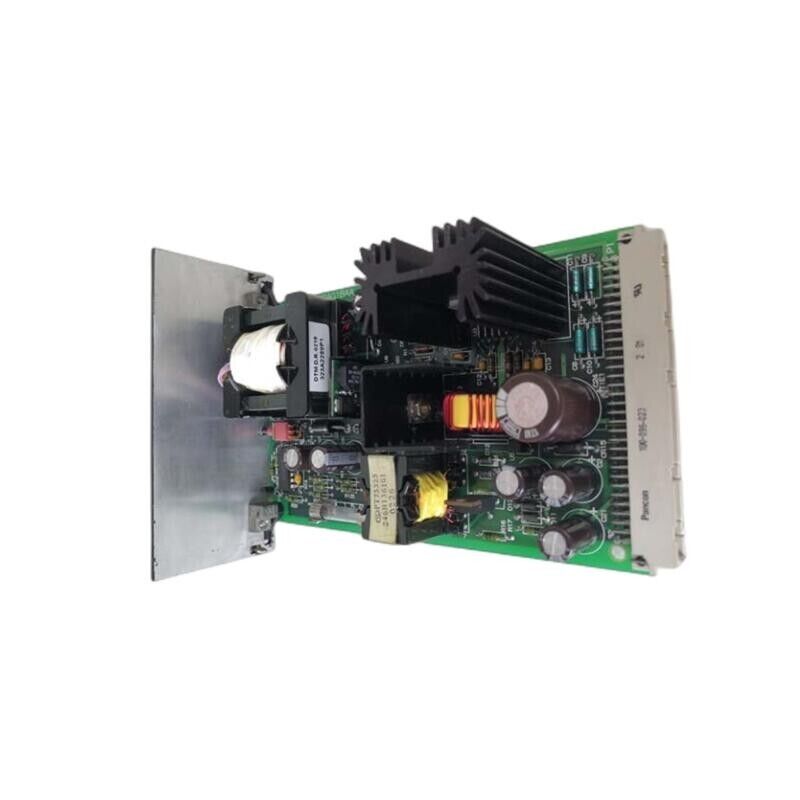
World Of Controls understands the criticality of your requirement and works towards reducing the lead time as much as possible.
IS200RAPAG1A - Relay Application Board is available in stock which ships the same day.
IS200RAPAG1A - Relay Application Board comes in UNUSED as well as REBUILT condition.
To avail our best deals for IS200RAPAG1A - Relay Application Board, contact us and we will get back to you within 24 hours.
SPECIFICATIONS:
Part Number: IS200RAPAG1A
Manufacturer: General Electric
Series: Mark VIe
Function: Relay Application Board
LED: IPOK, MPOK
Test Points: N15, P5, P15, and DCOM
Heat Sinks: Two
Location: Mounted in Innovation Series board rack
Bus Host Processor: Parallel-style bus host processor
Fuse: 1 amp, 250V
Product type: PCB
Availability: In stock
Country of Manufacture: United States (USA)
FUNCTIONAL DESCRIPTION:
IS200RAPAG1A is a Relay Application Board manufactured and designed by General Electric and is part of the Mark VIe Series used in GE Distributed turbine control systems. The board serves as an intermediary between the control system’s logic and these high-power devices, ensuring safe and precise switching by providing electrical isolation. This isolation is crucial as it protects sensitive control electronics from high-voltage surges and interference, enhancing overall system reliability and safety. Additionally, the RAPA board often includes diagnostic features like LED indicators, allowing operators to monitor the health of the relays and quickly detect any malfunctions. Through its diagnostic capabilities and seamless integration with the turbine control system, the RAPA board ensures smooth operation, minimizes downtime and helps maintain the integrity of critical equipment.
FUNCTIONS:
WOC has the largest stock of OEM replacement parts for GE Distributed Turbine Control systems. We can also repair your faulty boards and supply unused and rebuilt boards backed up with a warranty. Our team of experts is available round the clock to support your OEM needs. Our team of experts at WOC is happy to assist you with any of your automation requirements. For pricing and availability on any parts and repairs, kindly contact our team by phone or email.
What types of outputs does the RAPA board handle?
It handles discrete outputs, which are simple on/off signals. These outputs control the operation of relays, which in turn control high-power components like motors, solenoids, and circuit breakers in turbine and industrial systems.
How does the RAPA board integrate with the turbine control system?
The board interfaces with the turbine control system via communication links that allow it to receive control commands. It converts these commands into physical actions by switching relays, enabling the automated operation of various devices necessary for turbine management.
What types of devices does the RAPA board control?
The board controls various high-power devices such as solenoids, circuit breakers, valves, and motors used in turbines and other industrial systems. It activates or deactivates these devices based on the control signals from the turbine's control system.